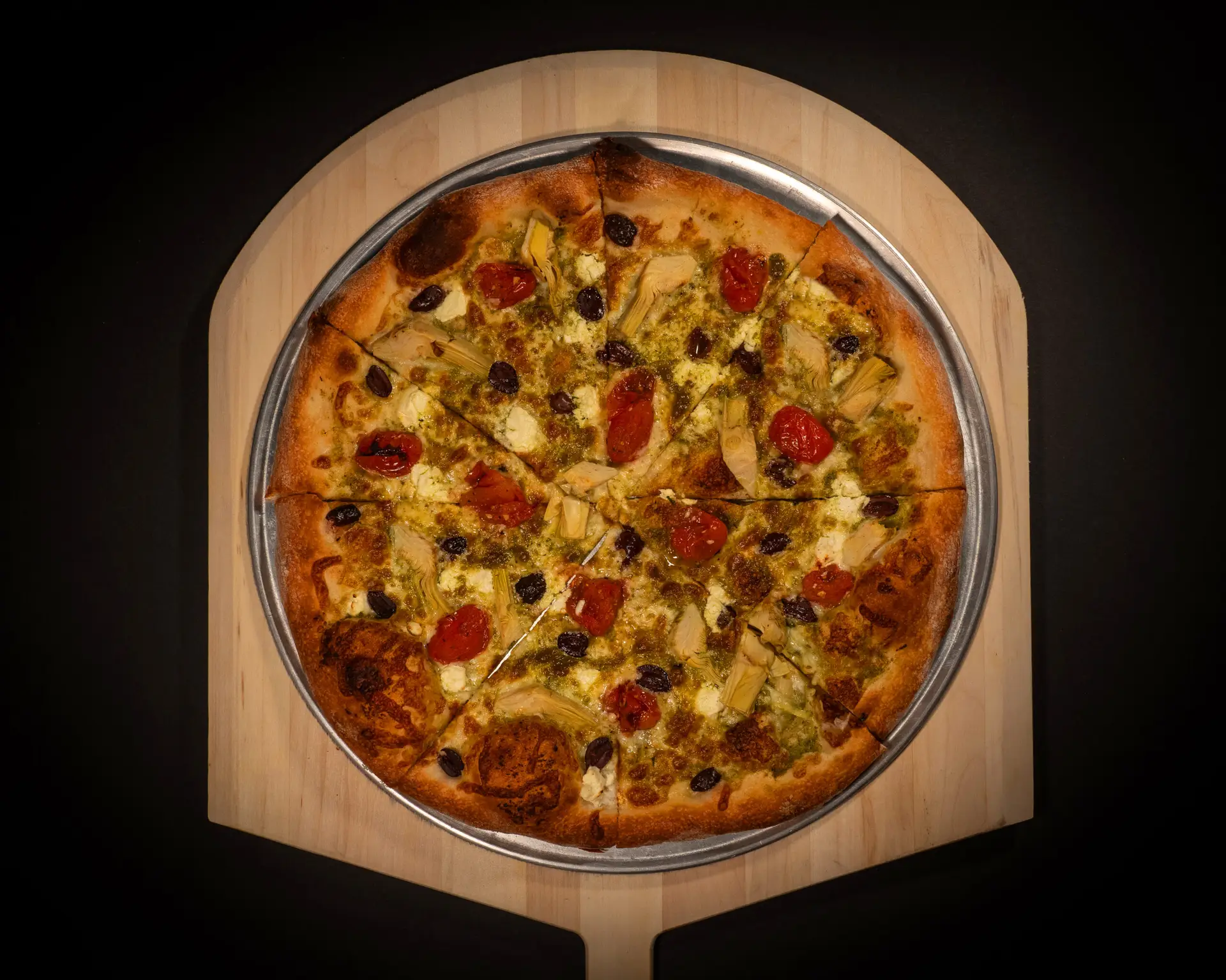In the highly competitive restaurant industry, standing out and retaining loyal customers requires more than just great food. While social media and word-of-mouth remain powerful tools, email marketing offers a direct, cost-effective, and reliable way to communicate with customers. A well-crafted restaurants email list can be one of the most valuable marketing assets for any food establishment.
What Is a Restaurants Email List?
A restaurants email list is a curated collection of email addresses from customers, potential customers, suppliers, or partners interested in your restaurant. This list allows you to send promotions, updates, newsletters, event invites, and personalized messages directly to people who are more likely to engage with your business.
Why You Need an Email List for Your Restaurant
-
Direct Communication
Email marketing provides a direct line to your customer’s inbox—free from the algorithms that affect social media visibility. -
Customer Retention
Regular, value-packed emails keep your restaurant top of mind and encourage repeat visits. -
Promote Special Offers
Use your email list to share exclusive promotions, happy hours, or limited-time menus, driving traffic during slower periods. -
Increase Online Orders
With integrations into online ordering systems, you can nudge subscribers to place orders with discount codes or new dish announcements. -
Gather Feedback
Post-visit surveys and polls can help improve customer experience and gather actionable insights.
How to Build a Restaurants Email List
Building a quality email list requires strategy and consistency. Here are proven ways to gather legitimate and engaged email subscribers:
1. In-Restaurant Signups
Encourage customers to sign up while they’re dining in. Use signage, table cards, or digital tablets with enticing offers like:
-
“Get 10% off your next visit! Join our email list.”
-
“Free dessert when you subscribe!”
2. Online Reservations and Ordering
Add an email opt-in checkbox to your reservation or online ordering system. Most customers won’t mind checking the box if they’re already interacting with your brand digitally.
3. Website Pop-Ups and Forms
Your website should prominently feature an email signup form. Use incentives like:
-
A discount coupon
-
A free appetizer
-
Exclusive access to events or chef’s specials
4. Social Media Promotions
Promote your email list on platforms like Instagram, Facebook, and TikTok with a link to subscribe. Offer giveaways or contests to attract attention:
-
“Win a $50 gift card—just subscribe to our email list to enter!”
5. Wi-Fi Access
Offering free Wi-Fi in exchange for an email is a common practice in restaurants and cafes. Make sure to ask for consent and clearly state how the emails will be used.
6. Events and Loyalty Programs
Events like wine tastings or cooking classes are great for collecting emails. Pair them with a loyalty program that tracks points and sends rewards via email.
Best Practices for Managing Your Email List
Once you’ve started building your restaurants email list, maintaining its quality is key.
1. Use a Professional Email Marketing Platform
Platforms like Mailchimp, Constant Contact, or Klaviyo offer user-friendly tools for creating, segmenting, and automating email campaigns. They also help ensure compliance with data protection regulations.
2. Segment Your List
Not all subscribers are the same. Divide your list into groups such as:
-
New subscribers
-
Frequent diners
-
Takeout customers
-
VIP/loyalty members
Segmentation allows for personalized campaigns that boost engagement and conversion.
3. Maintain Clean Lists
Regularly remove inactive or bounced email addresses to keep your list healthy and improve deliverability.
4. Always Get Consent
Make sure people know they’re signing up to receive marketing messages. This keeps you compliant with laws like the CAN-SPAM Act and GDPR.
Types of Emails Restaurants Should Send
Now that you have a thriving restaurants email list, what kind of content should you send?
1. Welcome Email
Set the tone with a friendly welcome, maybe include a special offer, and tell them what kind of content to expect.
2. Weekly or Monthly Newsletters
Share updates about new dishes, chef’s picks, behind-the-scenes stories, staff spotlights, and upcoming events.
3. Special Offers and Discounts
Send exclusive deals to keep your subscribers feeling valued and encourage visits.
4. Event Invitations
Let subscribers be the first to know about tastings, live music nights, or seasonal menu launches.
5. Birthday and Anniversary Emails
Automated messages with personal touches—like a free drink or dessert—can create memorable experiences.
6. Surveys and Feedback Requests
Ask customers to rate their experience or offer suggestions. You can incentivize this with a future discount.
Tips to Boost Engagement
Even the best email list is useless if subscribers don’t open or read your emails. Here’s how to improve engagement:
-
Compelling Subject Lines: Make it catchy, personal, and clear. Avoid spam my language.
-
Mobile Optimization: Ensure your emails look great on all devices.
-
Strong CTAs: Use buttons like “Reserve Now,” “Order Online,” or “Claim Your Discount.”
-
Use Eye-Catching Images: High-quality photos of your dishes can make a big impact.
-
Be Consistent: Stick to a regular sending schedule (e.g., once a week).
Measuring Success
Track key metrics to evaluate and refine your strategy:
-
Open Rate: Percentage of recipients who open your email.
-
Click-Through Rate (CTR): Percentage who click a link in the email.
-
Conversion Rate: Percentage who take the desired action (booking, ordering, visiting).
-
Unsubscribes: Track and assess whether certain campaigns are turning people away.
Conclusion
In today’s digital-first world, building a robust restaurants email list is more than a marketing tactic—it’s a business necessity. It allows you to connect meaningfully with your audience, drive repeat business, promote special offers, and stand out in a crowded marketplace. Whether you’re a cozy café or a bustling fine dining establishment, email marketing can be your secret weapon for sustainable growth.
Start small, stay consistent, and always prioritize value in your messaging. The results will speak for themselves—one inbox at a time.








